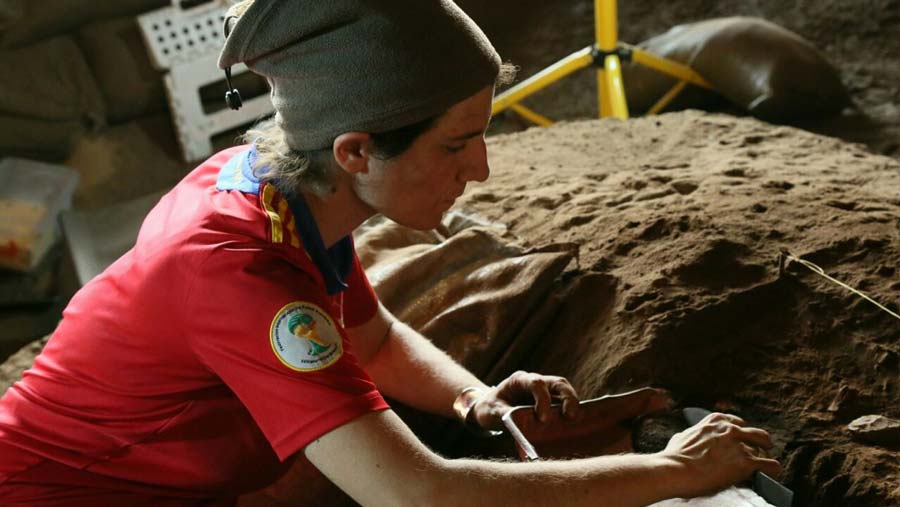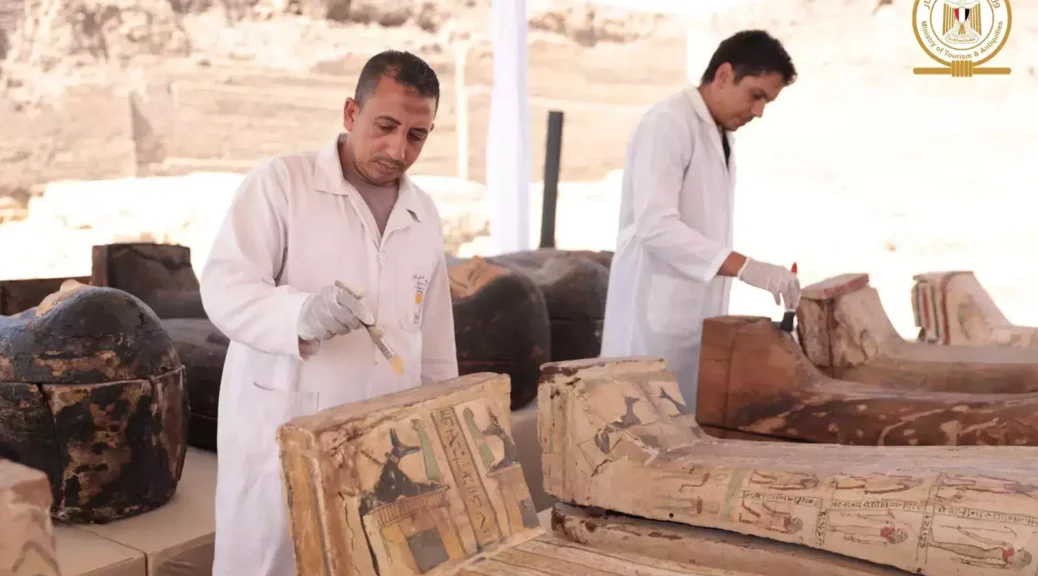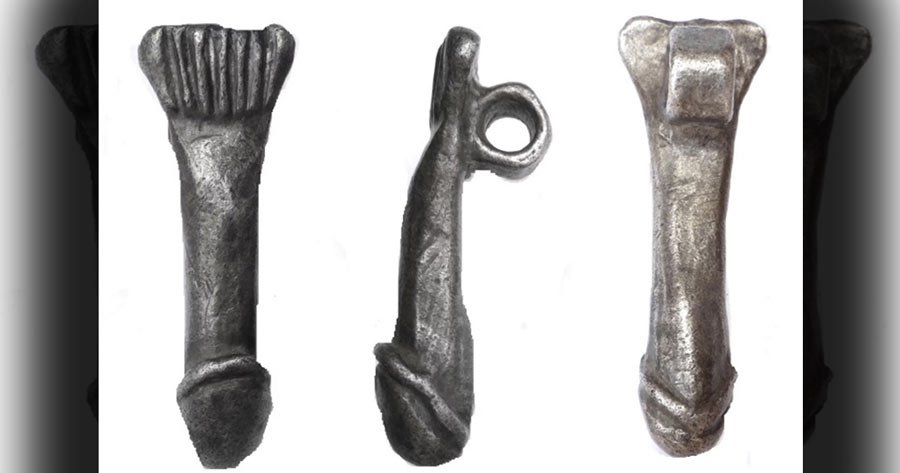Remains of Thousands of Iron Age Frogs Uncovered in England
An unprecedented trove of 8,000 bones presents archaeologists at a road dig with a prehistoric mystery

Archaeologists working near the site of an iron age home near Cambridge were perplexed when they uncovered a vast trove of frog skeletons. Quite why more than 8,000 bones had been piled up and preserved is a prehistoric mystery.
They were all recovered from a single 14-metre-long ditch, right next to the site of an iron age roundhouse at Bar Hill, where there was a settlement during the middle and late iron age (400BC-AD43).
The discovery was made by the Museum of London Archaeology (Mola) Headland Infrastructure, conducting excavations as part of the National Highways A14 Cambridge to Huntingdon road improvement scheme.
Although it is not unusual to find frog bones at ancient sites, archaeologists are baffled by the sheer quantity of those unearthed at Bar Hill.
Dr Vicki Ewens, Mola’s senior archaeozoologist – a specialist in ancient animal bone – told the Observer: “In my experience, mainly working on sites from London, we don’t get that many frogs. To have so many bones coming from one ditch is extraordinary.”

Noting that these bones belong primarily to the common frog and common toad, species found in garden ponds across the country, she said: “We’ve also had possible evidence of pool frog, which is exciting… It’s not something that we usually find archaeologically.
“In my research, I’ve only found two Saxon sites with single bones on each. They’re a frog that was only found in East Anglia that died out in the 1990s, possibly due to habitat loss, but has recently been reintroduced.”
As this is prehistory, finding an explanation is difficult, although ancient civilisations – including the Egyptians, Mesopotamians, Greeks and Romans – all saw the frog as a symbol of fertility, among other associations.
It is unlikely that these amphibians had been eaten by the people living at the settlement. The archaeologists say that, while there is evidence of amphibian consumption in Britain dating to the stone age, these bones have no cuts or burn marks. If the frogs had been boiled, however, this may not have left traces.
Evidence of charred grain found near the site suggests that its inhabitants were processing crops that would attract pests such as beetles and aphids, which frogs are known to eat. So perhaps the frogs were drawn to the area by the promise of food, the archaeologists suggest.
Other potential explanations include “a prehistoric frog tragedy”. The archaeologists say that frogs are known to move in large numbers in spring in search of breeding waters and these could have fallen into the ditch and become trapped.
According to one hypothesis, the unusual death toll might also have been caused by winter hardship. While hibernating frogs sometimes hide in the mud, extreme cold can kill them and perhaps they fell victim to a particularly severe winter.
Alternatively, they may have suffered disease, just as in the 1980s, when UK frogs were devastated by a ranavirus.
It is unclear how deep the ditch was. The field team dug through about a metre of topsoil and subsoil to reach it. Only small quantities of domestic waste were found at the site, including sherds of iron-age pottery.

The amphibian bones were among a huge number of finds, from artefacts to human remains, during around 40 excavations that took place between 2016 and 2018 across an area spanning 234 hectares. Analyses are still ongoing, even though excavations have now concluded.
Ewens has spent the past two years studying the bones of animals, including cattle. Once all the studies come together, it is hoped they will shed new light on lives led thousands of years ago and discover the reason behind the death of so many amphibians.




























